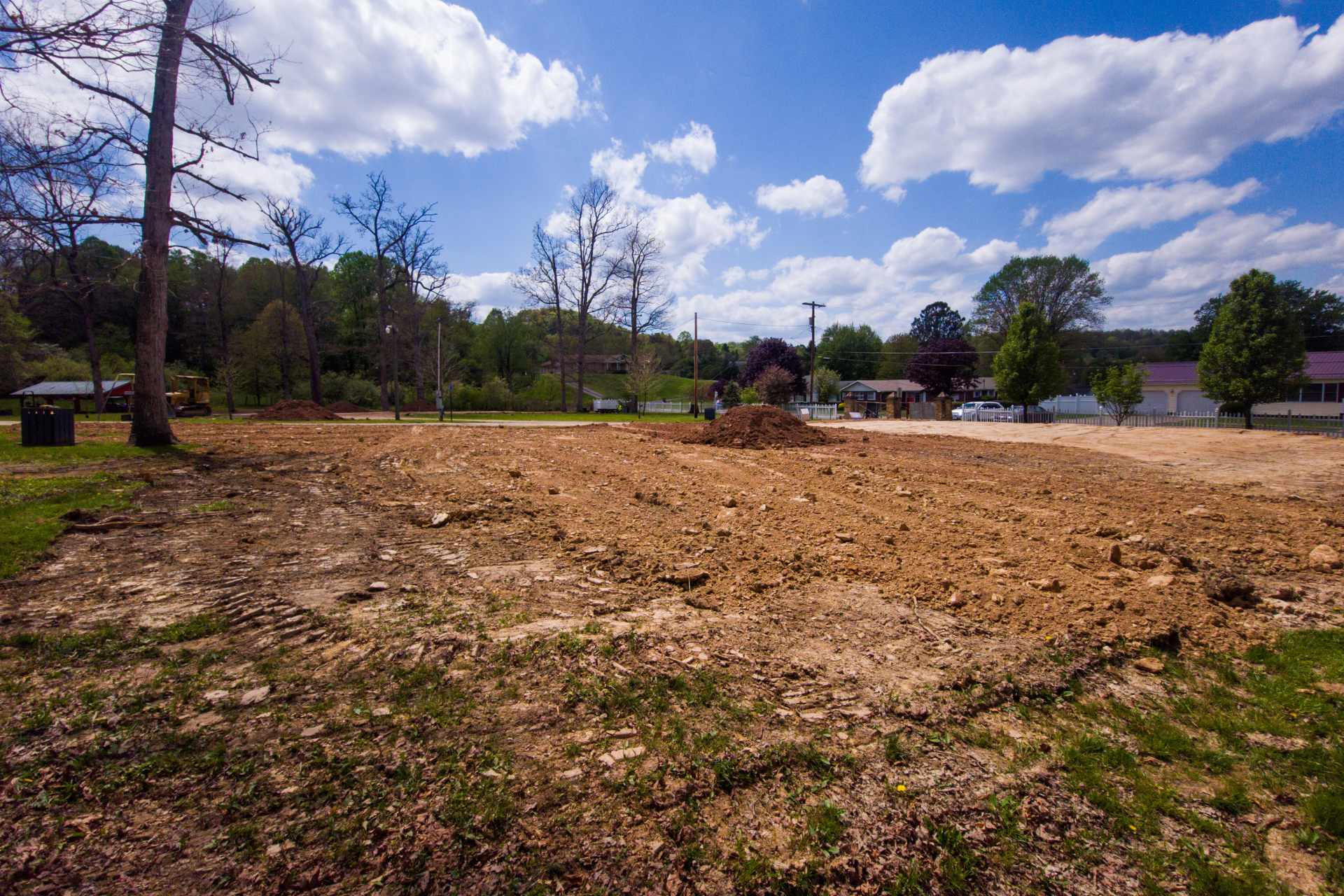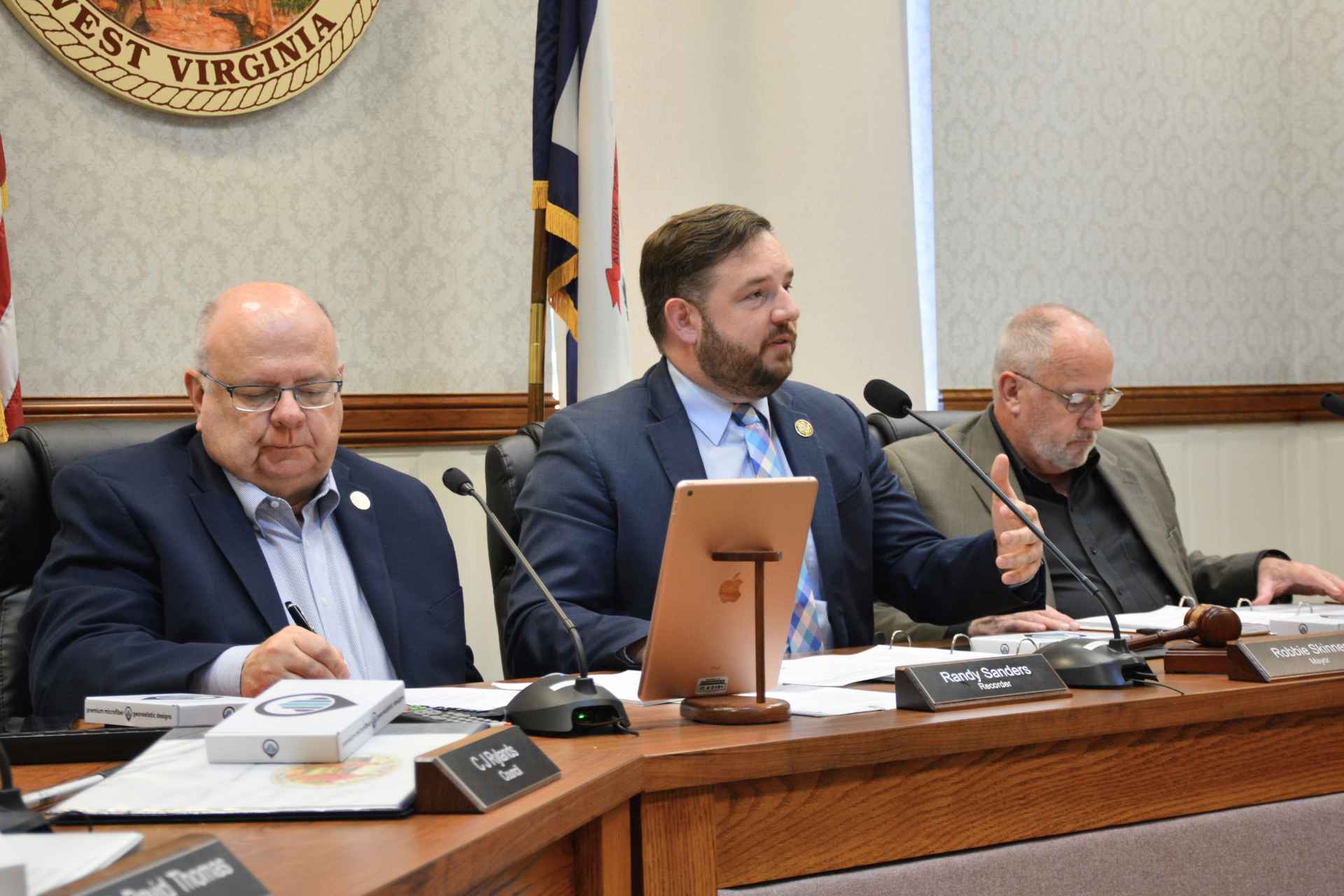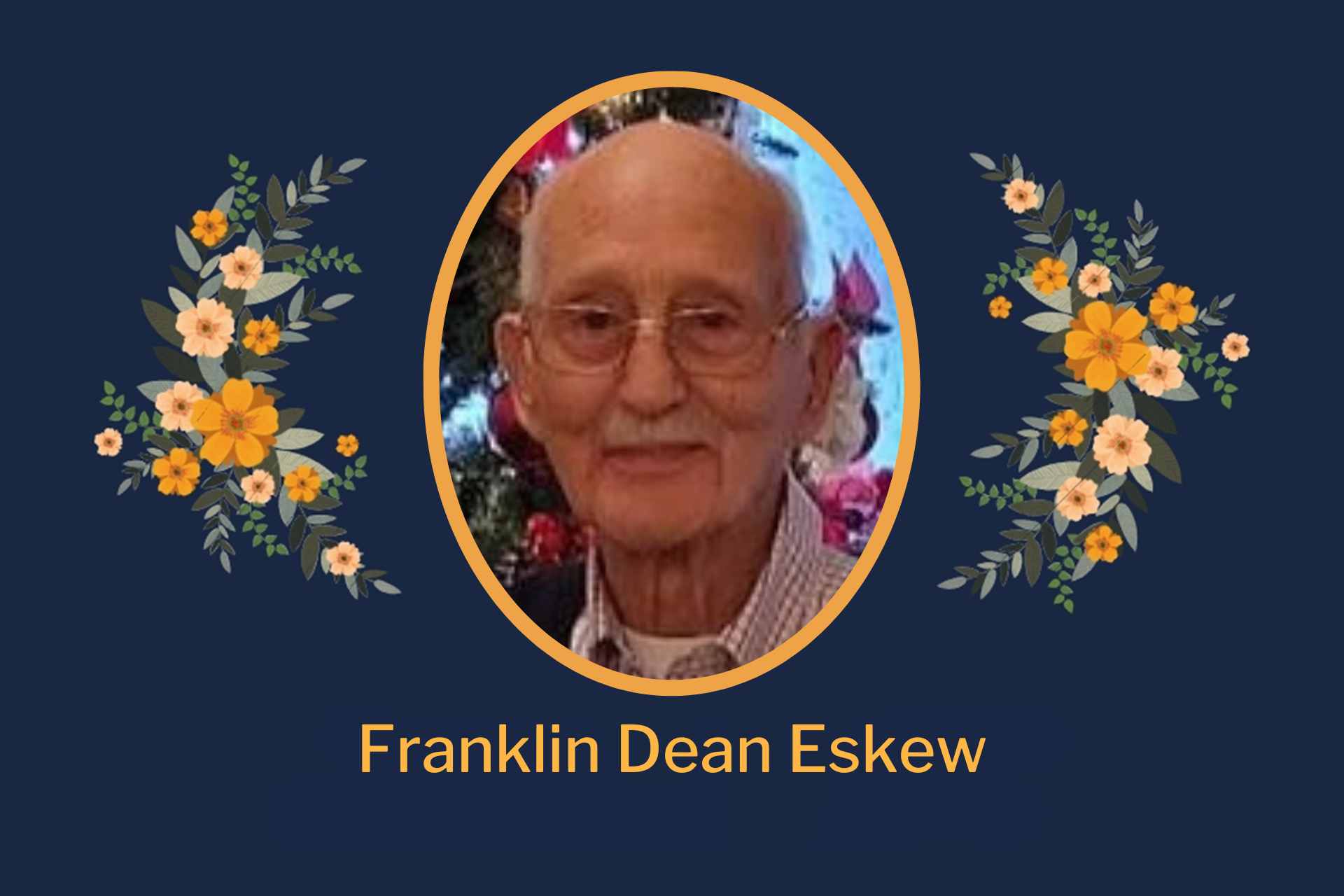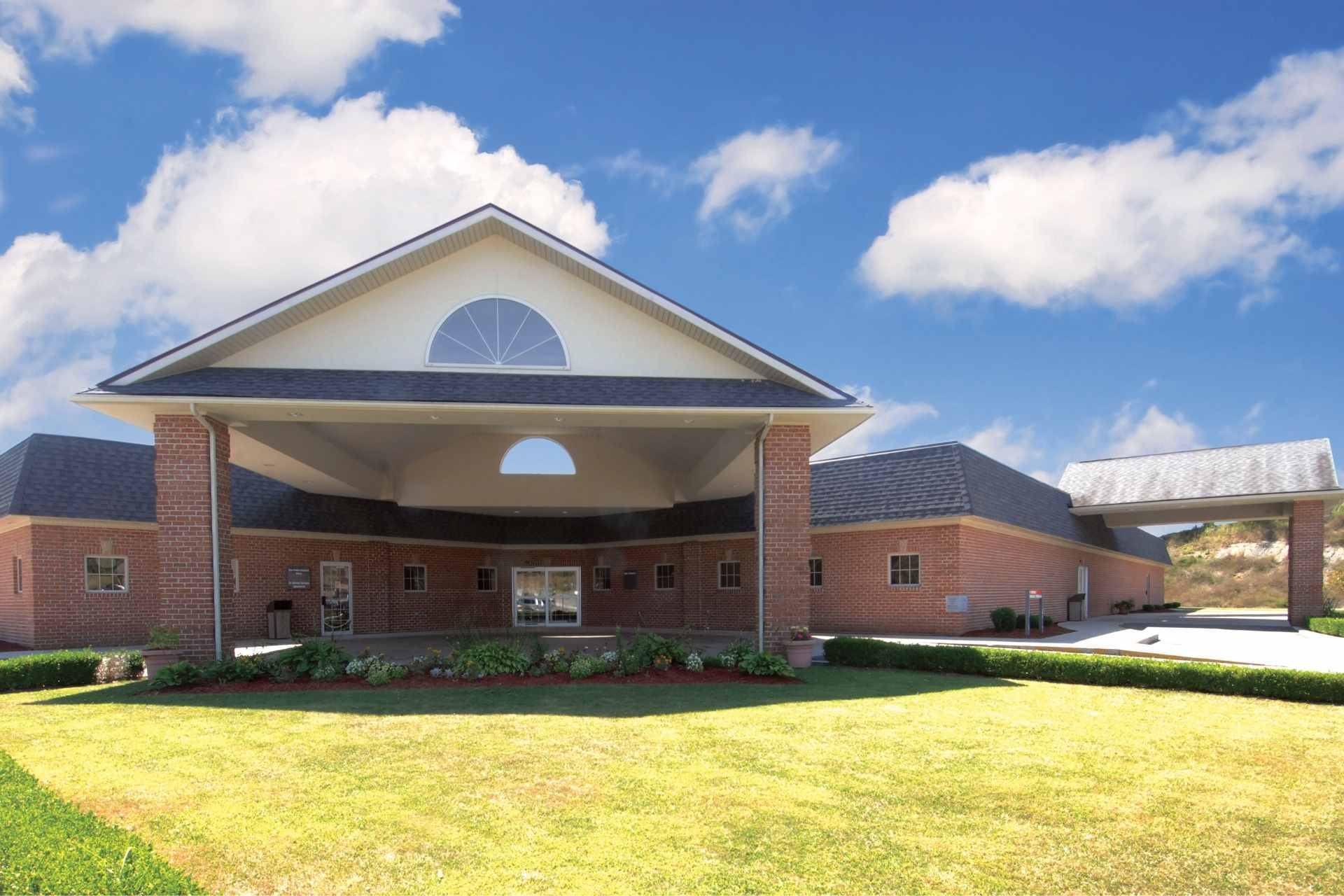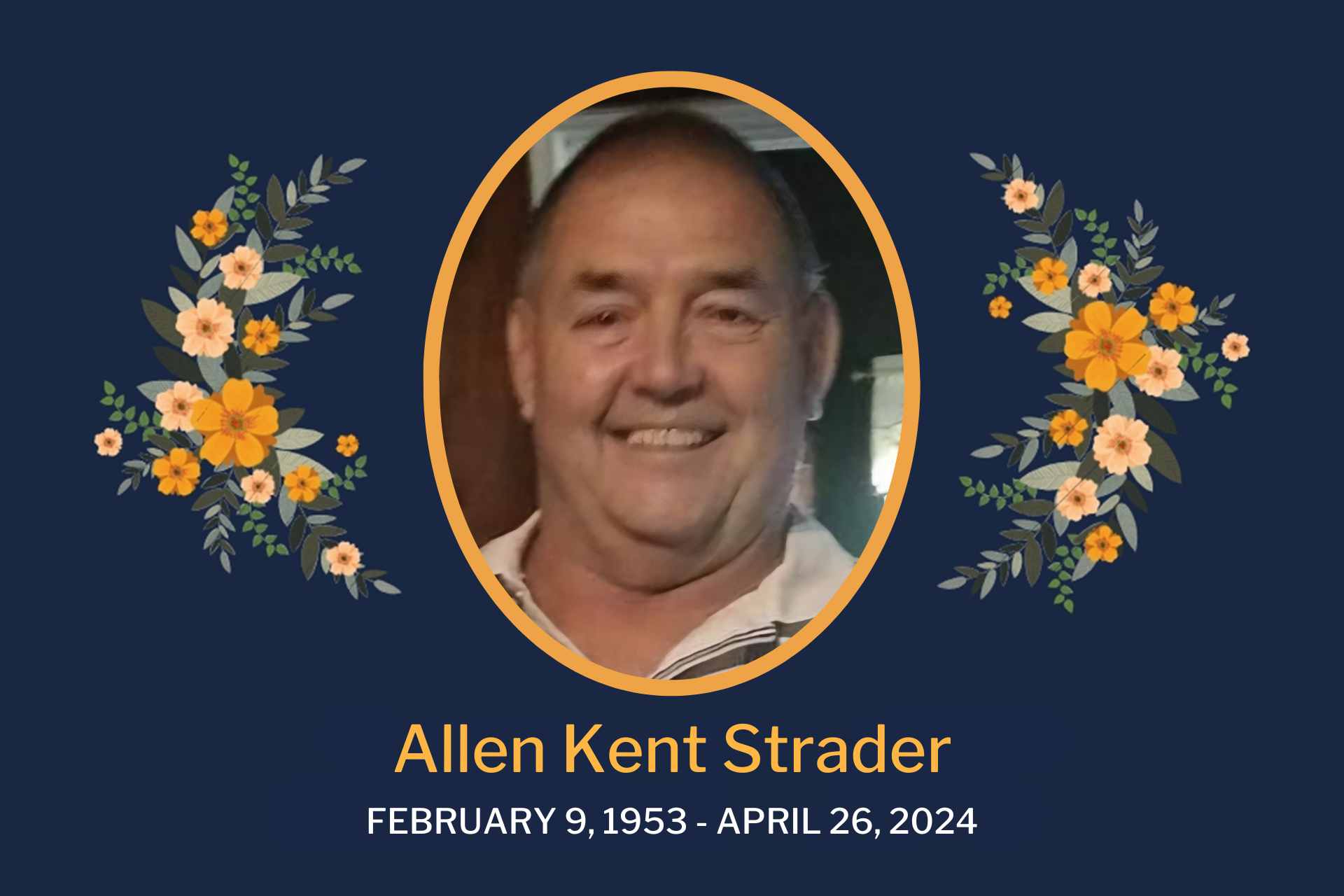Editor’s note: This story was originally published by Mountain State Spotlight. Get stories like this delivered to your email inbox once a week; sign up for the free newsletter at mountainstatespotlight.org/newsletter
By Allen Siegler, Mountain State Spotlight
West Virginia health officials have no shortage of problems to address. Among U.S. states, West Virginia has the highest cancer death rate, the highest fatal overdose rate and the second lowest life expectancy.
Over the coming months, the state’s Bureau of Public Health plans to build and publish its first State Health Improvement Plan. Leaders at the agency have said it will guide the government’s funding and policy decisions while playing a major role in improving West Virginia’s most critical problems.
“That’s really on us,” said state health officer Matthew Christiansen. “To make the case as to why we can change that and how we can change it.”
While it’s unclear exactly what the plan will say or how it will be used, its impact could be large. In addition to guiding state government leaders’ decisions, the plan is one of the required steps to earning national accreditation, a step that health experts say would increase the health department’s efficiency, transparency and accountability.
Here’s why West Virginia’s state health improvement plan is important, what strategies health officials have and haven’t utilized to build it and why experts think accreditation is important for the state.
What is a state health improvement plan? Why is it important for West Virginia?
State health improvement plans are often comprehensive. They highlight the area’s biggest health problems and how to address them in the immediate future. They’re recommended by the Centers for Disease Control and Prevention and used by state health departments around the country.
In Kentucky, for instance, a recent Public Health Department plan lists data for various health problems and the ways which the department and other groups around the state should work collaboratively to address them. To address obesity, it suggested creating more farmers’ markets that accept federal food benefits and expanding who can use playgrounds at places like elementary schools.
West Virginia has never implemented one of these plans before, according to Christiansen. The one the Bureau for Public Health is working on now is supposed to be a guide for the next five years, and Christiansen hopes it can outline how to address problems like the high overdose and cancer death rates.
“[It’s] really where the rubber meets the road in what kind of policies or funding decisions we’re going to make or change,” he said.”
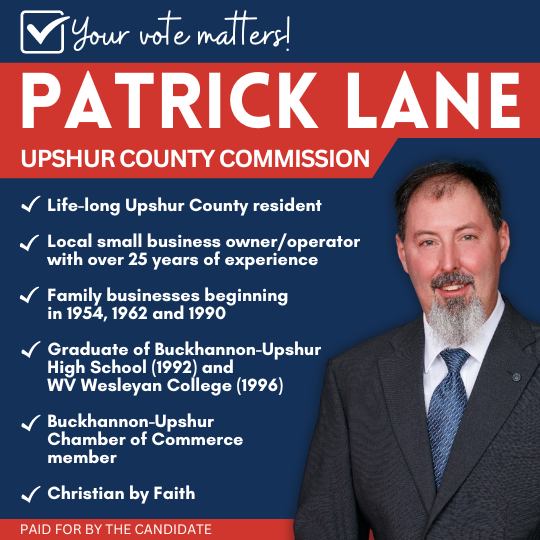
Joshua Sharfstein, the former Department of Health secretary in Maryland and a public health professor at Johns Hopkins University, said these plans are great tools for coordinating multiple efforts to reduce complex health problems like fatal overdoses.
“This is an opportunity to set the direction of policy in the state and to gain consensus around how to make West Virginia healthy,” he said.
How is the plan being created? Who’s part of the process?
The state is using three main strategies to build the foundation of its health plan, according to Christiansen. The agency is analyzing internal data, running an online survey intended to be taken by residents and reaching out to local health organizations around the state with another questionnaire.

The survey for residents was set to end on October 9, but the deadline is extended until October 18. West Virginia residents can fill out the survey here.
In addition, West Virginia health department employees will be traveling to eight different locations this fall to hear from residents about their needs. Christiansen said once the health department completes these activities, it anticipates publishing its plan in early 2024.
Darryl Cannady, director of a Bluefield-based nonprofit that provides health services in southern West Virginia, is one of the people who received a local health organization questionnaire from the state.
While he’s glad the state is making long-term plans, he said he worries whether the plan will incorporate and prioritize the health needs of people in counties like Mingo and Summers. Some live over an hour’s drive from the nearest listening tour locations, and many don’t have access to reliable internet.
Despite having some of the lowest life expectancies in the state, Cannady said these regions and other rural areas around the state often go without the public health funds larger counties can access.
“What ends up happening is you have a statewide plan where all the resources point to stronger institutions,” he said.
Christiansen hopes that all these activities will make sure the Bureau addresses the problems of people with the most urgent health problems. While he acknowledged challenges like spotty internet access and distrust in medical systems, he thinks they can be overcome.
“We really have to get those voices to help understand how to help people the best from a health standpoint,” Christiansen said.
How are public health departments accredited? Why isn’t West Virginia’s?
In addition to addressing large regional problems, improvement plans are required for government health agencies to get certification from the Public Health Accreditation Board. Since 2011, the national nonprofit has been accrediting state, local and tribal health departments.
A successful health department accreditation improves transparency and accountability, according to Megan McClaire, the board’s senior vice president of program operations. She said it indicates whether a health department can play a significant role in keeping residents healthy.
“High quality public health standards — it’s a growing demand and expectation for these health departments,” McClaire said.
Unlike 42 other state health departments, no part of West Virginia’s Department of Health and Human Resources, which houses the Bureau of Public Health, has ever been accredited.
Christiansen said he’s unsure whether the state health department will seek accreditation after the five-year plan is written. He said there are other ways, like data performance dashboards, to track the health department’s capabilities.
“It’s very paperwork intensive and very process intensive,” Christiansen said of the accreditation. “It takes a lot of staff time and investment.”
In Indiana, the accreditation process revealed how its state health department could better partner with groups to improve public health activities like disease prevention. After the process and a subsequent review by the Governor’s Public Health Commission, state lawmakers increased funding for their public health systems by 1500%.
Sharfstein compared accreditation to a car inspection for a health department — a tool that’s used to make sure that an agency is capable of doing its job and protecting residents from health risks.
“Public health has prevented awful things from happening to us,” Sharfstein said. “And there is a core set of responsibilities that public health has to meet in order to deliver that protection to all of us.”
Reach reporter Allen Siegler at allen@mountainstatespotlight.org.












